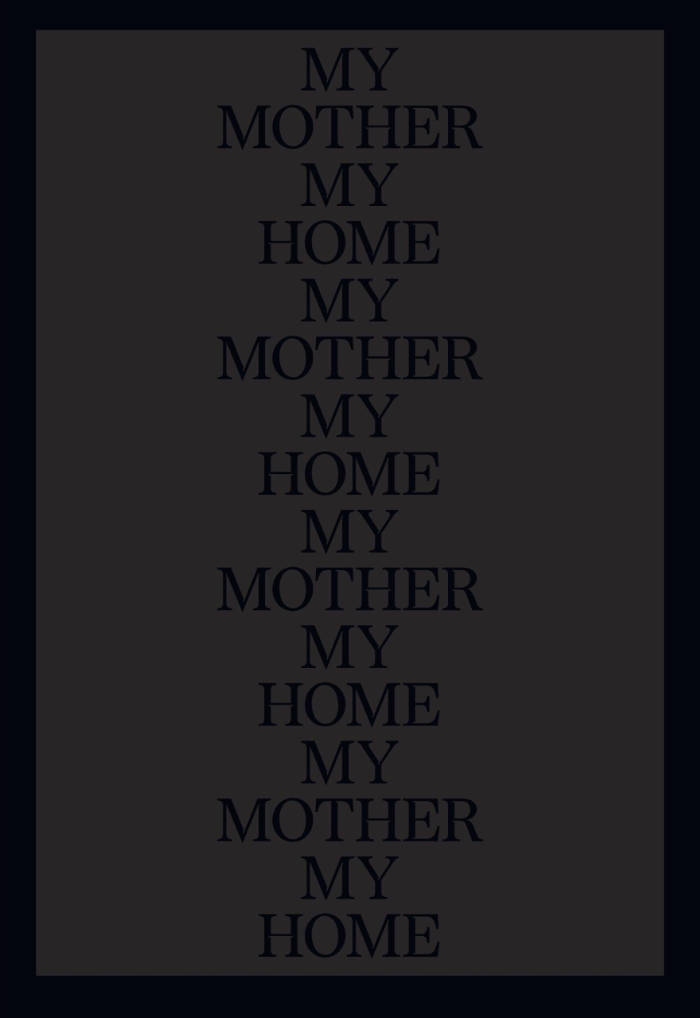
Intourism
INTOURISM is the space of organised concentration, playing a story about how a man who has no identification documents travels the world. how he was banned from entering a country for life. how he’s got no clue what to do with that and then how he remembers nothing about it. it’s a tale of adventure, anything and everything he runs into during his travels. of course it’s meditative manipulation and a question of feeling; activation of inner civilisation by passion, by calming down or by nothing at all. the altering of text into a metaphor that defines man.
The play is published as two books, one in Estonian and one in English.
kadrinoormets: in december last year peeter rästas came to me with a proposal. the same evening I accepted it – we did not marry. I love rästas but not necessarily theatre – the same night I began to write, I prepared – the text ended up being dedicated to rästas. six months later I gave him a text set of a hundred to read and get to know – rästas wasn’t too excited about it, but I certainly was. rästas seemed sceptical, he approached it with the thespian distrust of abstract (body-)patterns within the formula of stagetext; in terms of understanding, of course. that distrust suited me, scepticism as sweet starting potential – I knew that it would pass – rästas hasn’t stopped.
Language: English





